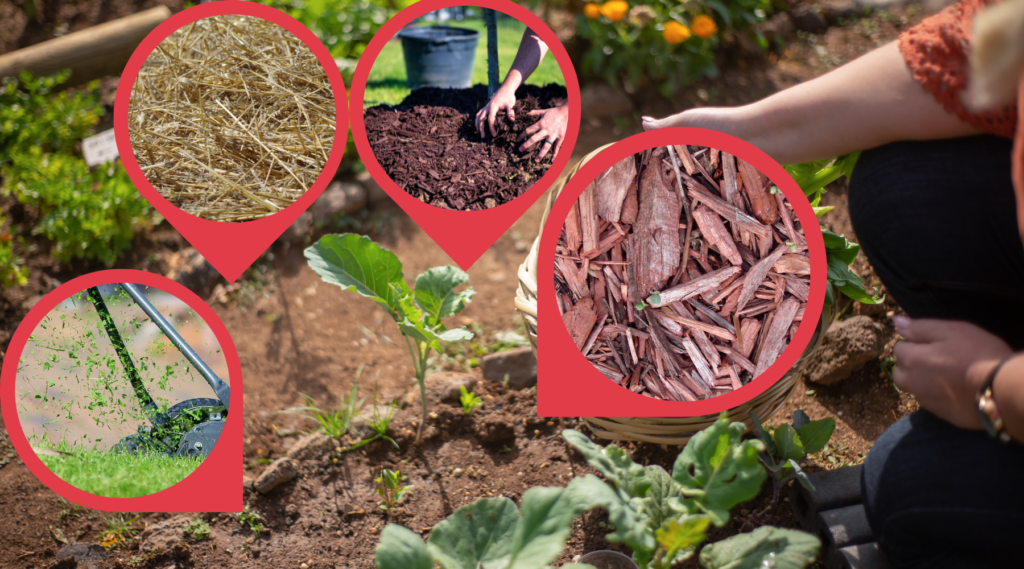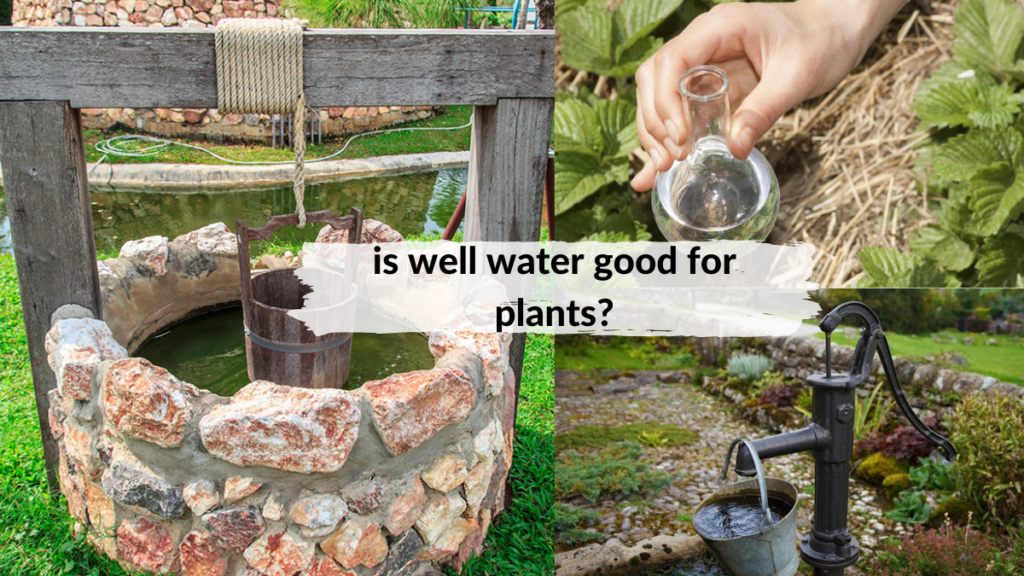For some people, a 4×4 raised garden bed may seem small. However, you can maximize the production of various crops in a small space with the proper application of the principles in square foot gardening.
Following this method, you have to divide the garden bed into 12 inches or 1-foot squares. Each square will hold a different plant.
Spacing requirements should still be followed but you can always mix any varieties of plants unlike with what you have to do with traditional row planting. With a 4×4 garden bed, you will have 16 squares that allow you to grow almost any type of plant.
what you can plant on your 4×4 raised bed gardens
Despite the small area, you can produce more yields as long as the small area is well-tended. You can pretty much plant anything in your garden beds just like the ones below:
Flowers
Add a touch colour in your yard by adding a wide variety of flowers. Include varieties that are edible along with other varieties that are there to brighten up your flower.
Some edible varieties you can plant are bachelor’s buttons, calendulas, pansies, carnations, and violas, nasturtiums, and borage. Planting these flowers will go well when making salads.
Blooms can be used for decorating desserts like cakes and cupcakes. If you’re sticking to planting edible flowers, try not to use any chemicals when growing them.
Vines
These types of plants take a lot of ground space when allowed to grow and creep along with the soil. For you to maximize the limited space in your raised bed, these plants are recommended to be planted along the edge with an installed trellis.
Vines will grow along the trellis and will only take a small area in the garden. Some of the vine vegetables you can plant are pole beans, squash, cucumbers, and peas. Make sure that you place the trellis that won’t block the sunlight for the other plants.

Vegetables
There are a lot of vegetables that grow productively even in a small area. Planting in a 4×4 garden bed, you are not only adding foliage to your yard’s landscape but also providing food for you and your family.
Salad greens grow well in small areas. The leaves can grow closely while not taking up much space in your garden.
Small vegetables you can plant are onions, beets, carrots, and asparagus. You can also plant peppers, tomatoes, and bush beans, but they have to be planted in the right numbers for every square.
On the other hand, larger plants such as corn are not recommended in small spaces. Corn stalks take more space and may only grow a couple of ears, which is why it’s not recommended for garden beds.
As much as possible, plant vegetables that the family loves to eat for your crops to be useful.
Herbs
Known as compact plants, herbs are sure to grow well in any small area. Herbs add a different texture to any small garden bed and also give off scents that will make your garden smell nice.
You can add herbs like rosemary and chives for colour. You should plant herbs that you would normally use when cooking.
Say, for example, you use dried oregano in most recipes then you should plant these. If you’re into pesto, you should plant basils so you can easily make a homemade pesto anytime. When there are so many fresh herbs, you can dry them and store them for future use or you can also sell them.
Planting Options for Your 4×4 Foot Bed
As mentioned, you should consider planting what you would use regularly and the preferences of your family. When deciding on the plants that you’ll grow in your vegetable garden, you should divide one bed with 4 planting areas.
Area 1 for Low or Small Growing Plants
You can plant any of the following small growing herbs in 3’s”
- Sage
- Parsley
- Mint
- Thyme
- Sweet marjoram
- Onion Chives
- Boxwood Basil or Spicy Globe
- Oregano
In this Pinterest inspiration, areas 1 and 2 are where all the small growing herbs should be plants.
Pinterest Inspiration Area 1
Area 2 for Tall Growing Herbs
Choose from these herbs that you can plant in 3’s:
- Rosemary
- Basil
- Stevia
- Dill
- Mexican or French Tarragon
- Sage
Area 3 – Salad Greens
- 2 cucumbers (let these trail over the edge of the bed)
- 8 arugula if your area has a cool climate
- 8 lettuce if your area has a cool weather
Area 4 – Pepper or Tomato
You can plant two of each plant in one square:
- Any varieties of tomatoes. Make sure you place tomato cages around each plant.
- Any varieties of peppers. Put stakes or cages to support the plant while growing.
You can also try other crops, but just make sure that you can follow the pattern. Include a well-planned watering system to keep the soil moist. All plants should be provided with enough sunlight throughout the day. So, it is a must that no tall plants should grow next to a small growing plant.
Companion Planting
You can apply companion planting to your 4×4 raised bed. It refers to crops you can plant side by side that helps in increasing the yields. This method also makes the plants healthier, stronger, and happier.
It provides a lot of benefits to plants such as shielding and protecting crops from changing climates. This method also improves pollination and lures and traps pests. It can also repel pests and enrich the soil by introducing essential nutrients to the soil and fix or break down nitrogen.

Succession Planting
This method is will help keep your garden alive and continue its crop production. Once certain crops are harvested, new young plants will be transplanted to take their place. It is recommended that quick-nurturing pants must be used in one growing season to spread out your harvest.
Using this method ensures that there is a continuous harvest from your garden and you get optimal timing for every plant in your garden. This allows you to harvest crops regardless of the season. You get to plant the right crops in the right season and harvest them before a new season enters and affects their growth.
Before planting new ones, it is recommended that you amend the soil. Add in the organic matter if needed to make the soil ready for providing needed nutrients by newly transplanted crops. You want to make sure that the soil is ready to accommodate new plants and grow healthy ones.




